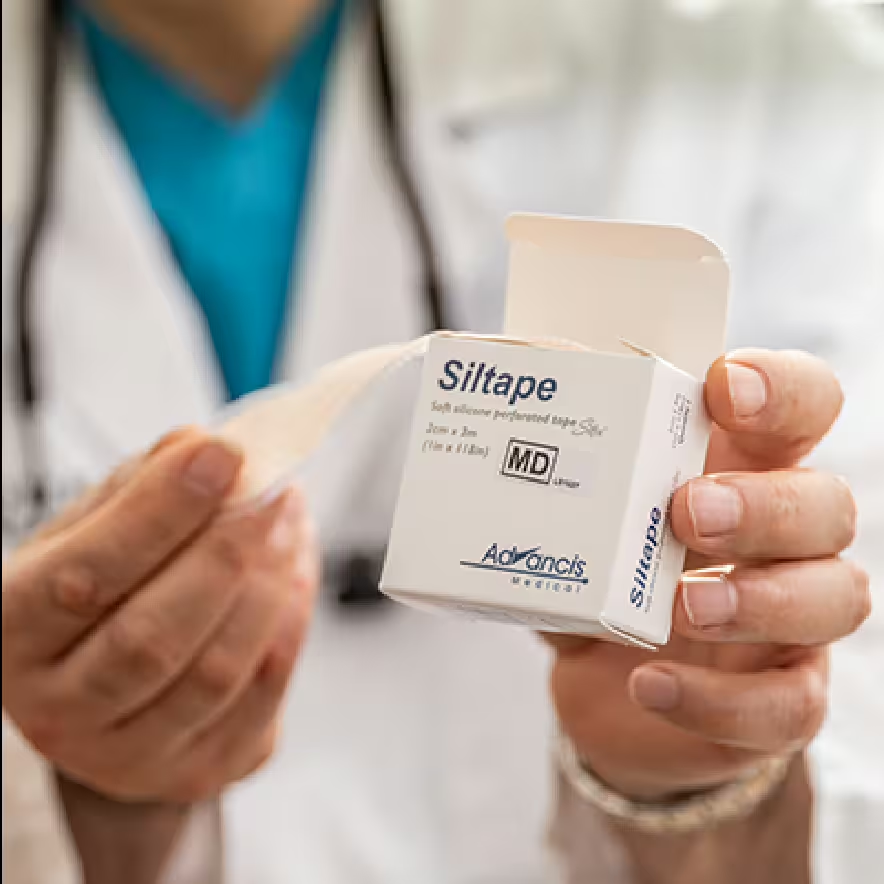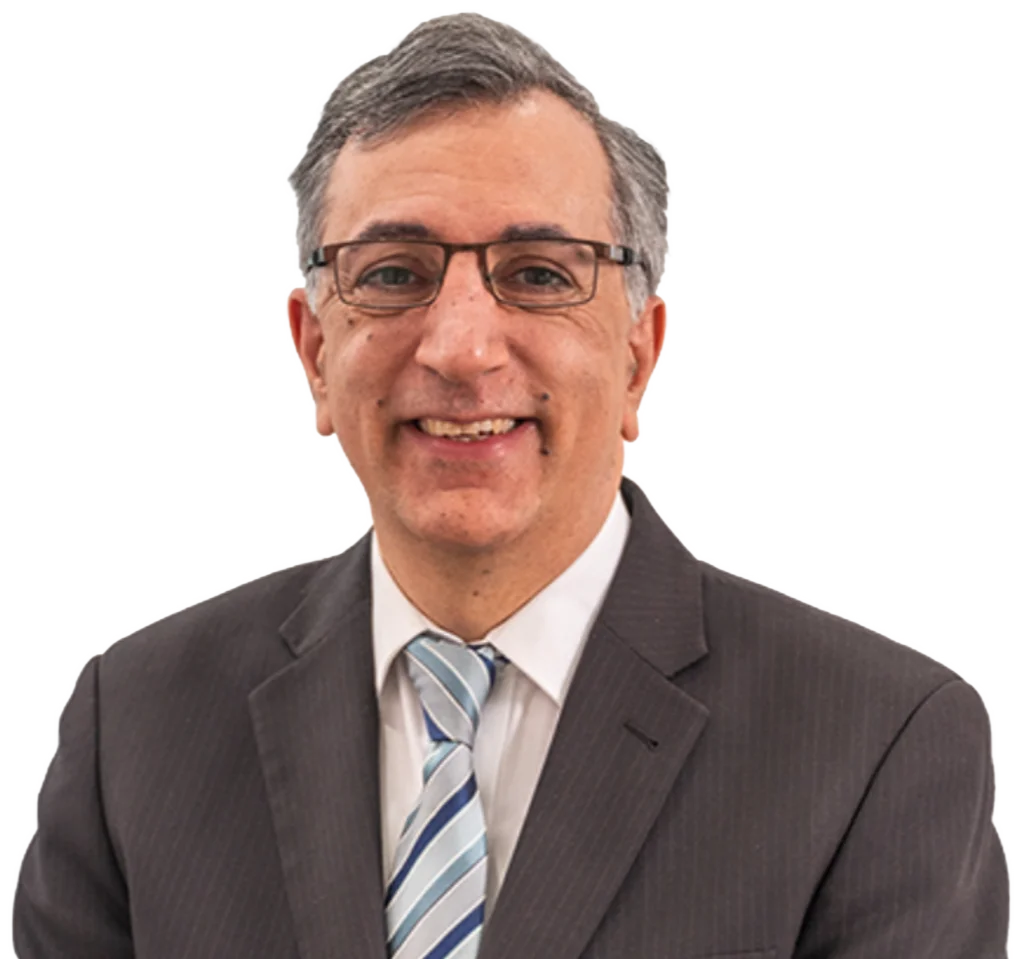Explore how we can help you
You can discuss your specific concerns and requirements during your consultation with Dr Safvat in his Miranda, Bowral, or Concord rooms and he will advise the best options to achieve the result you are wanting.
There are times that exercise and diet alone won’t get rid of stubborn pockets of excess fat. Liposuction helps to reshape and slim targeted areas of the body. Modern liposuction techniques also remove large amounts of subcutaneous fat.
Dr Safvat will assess your skin tone and advise you if liposuction alone is suitable for you. In some cases, excision of the redundant skin is also required.
Liposuction addresses the fat in specific areas of the body such as abdomen, hips, thighs, buttocks, flanks, and male breasts. Some of the most common areas that Dr Safvat performs liposuction in men are the flanks, abdomen and male breasts.
Liposuction is most likely to be successful for people with a healthy weight and firm, elastic skin. Although age is not a significant concern, older people may have less skin elasticity and may not achieve the same result as a younger person with tighter skin.
Therefore, at times, a combination of liposuction and surgery to remove excess skin will provide the best result and help you achieve your aesthetic objectives.
If there are other concerns that you have regarding your body shape, liposuction can be combined with some other surgeries as they work in conjunction with each other.
You can discuss your specific concerns and requirements during your consultation with Dr Safvat in his Miranda, Bowral, or Concord rooms and he will advise the best options to achieve the result you are wanting.
Before your liposuction commences, an anaesthetic will need to be administered. The type of anaesthetic that is used will depend on the patient and the area that needs to be treated. In most cases a general anaesthetic is required but sometimes local and sedation can work as well. Once the patient is anaesthetised or sedated, fluid containing adrenalin and local anaesthetic is injected in the area to be liposuctioned.
Then small incisions are made across the treatment area through which small suction devices (cannulas) are inserted to suck out the unwanted fat. The areas that are commonly treated by liposuction are the thighs, buttocks, abdomen, flanks, arms, male breasts, neck and under the chin. Multiple areas can be treated at the same time if need be. Different sized cannulas may need to be used for each area.
This type of surgery is usually a day-only procedure and won’t require an overnight stay in hospital. How long the procedure takes will depend on the size and number of areas that will be treated. You will then need to wear a surgical garment(s) for at least 4 weeks after the procedure.
Explore how we can help you
After the procedure, the affected area will be swollen and bruised. You will need to wear a compression garment immediately after surgery for 4-6 weeks to reduce bruising and swelling. You should take about a week off work to rest at home and recover. Walking is actively encouraged postoperatively but exertion and heavy lifting are not allowed for 3-4 weeks. Full Recovery usually takes around six weeks. At the three to six month mark the final results of your liposuction will be more visible.
Any pain and discomfort can be managed with prescription pain medication. Dr Safvat will also provide you with some helpful suggestions to make your recovery easier.
The more you rest and follow these instructions, the faster and more efficient your recovery and results will be.
Smoking has been shown to cause more complications after any surgery. Dr Safvat will insist you stop smoking at least 3 weeks before your surgery. You will also get the best result if your weight is stable. It is possible to regain fat in the areas that are treated if a healthy lifestyle is not followed. Over and above this, there are certain types of medication and supplements that should be avoided to reduce bleeding and bruising. This will be discussed during your consultation with Dr Safvat. It should be stressed that liposuction is not a substitute for weight loss. It is most successful in people who lose weight through diet and exercise but are unable to shake off the stubborn pockets of fat.
The incisions that are required to complete a liposuction procedure are only a few millimetres in length. This means that any scarring is hardly visible at all. With this being said, if you choose to combine the procedure with additional surgeries, scarring can be slightly more visible. With the right wound care and scar management techniques, scarring can be kept to a minimum. Scars also gradually fade over time.
Dr Safvat will provide you with his specific protocol for scar management that will help you protect and care for your incisions in a way that will minimise scarring. Patients who have followed Dr Safvat’s protocol for scar management diligently have been very pleased with their progress in reducing and fading of scars.

Dr Safvat will also include LED Light Therapy sessions (available in Miranda only) which will assist with wound healing, scarring and recovery.
Liposuction is an individualised procedure and may not be suitable for everyone. If you are physically healthy and at a stable weight yet still have pockets of fat that persist despite a healthy diet and exercise then the surgery may be right for you. It is also important to have realistic expectations regarding the outcome of the Liposuction procedure
Liposuction is most likely to be successful for patients with firm, elastic skin who have pockets of excess fat in certain areas. Although age is not a main concern, older people often have less skin elasticity and therefore the results may not be the same as someone younger.
It is also important to understand that liposuction is not a substitute for weight loss. Also if the ‘extra’ skin does not tighten following the liposuction procedure then an additional procedure to remove excess skin may be required to achieve your desire outcome.
Ideal weight prior to surgery. Fat tissue itself is not dense or heavy to begin with. This means there won’t be a very significant difference in your overall weight once the unwanted fat has been removed. Before you weigh yourself after surgery, wait for swelling to subside. This is from some of the fluid injected at the start of liposuction and also some fluid retention after the liposuction, which could make you heavier than you really are. But in general, larger volume liposuction (i.e more than 2 litres) is not safe to be done as a Day Surgery procedure. That means that the maximum amount of weight that you will loose will not be more than 1.5kg.
The traditional liposuction and most common technique involves the use of a slim cannula that’s inserted into a small incision. The tip of the cannula penetrates the fat and is attached to a suction pump that removes the fat. The cannula is moved back and forth to achieve the final result. The cannula can be connected to a machine that oscillates to make the procedure easier and more efficient called power assisted liposuction. There are also some other less common techniques such as laser assisted and Ultrasound assisted liposuction.
The technique that’s used is dependent on what area will be treated and the desired outcome as well as the availability of the equipment and preference of the surgeon. Your options will be discussed during your consultation with Dr Safvat.
While all care and diligence is taken by Dr Safvat to minimise or avoid complications, any surgical procedure can be associated with some general complications and/or specific complications related to the surgery you are having. Choosing a Specialist Plastic Surgeon such as Dr Safvat and having your procedure done in an accredited hospital minimises risks as does using an accredited Anaesthetist.
Some general surgical potential complications are:
• Infection that may require antibiotics (Dr Safvat prescribes all patients antibiotics after surgery to minimise this risk).
• Fluid build-up under the skin (seroma).
• Allergic reaction to dressings and other items used during the procedure.
• The formation of blood collection (haematoma) which could require additional surgery.
• Scars heal differently in different people. Some people are genetically prone to develop keloid scars. Hypertrophic scars develop when there is a complication in the healing process. Whilst not ideal, there is no threat to your health if you develop these.
• Anyone can have a heart attack or stroke from a clot. This risk is slightly increased with anaesthetics.
Some potential complications related to Liposuction surgery specifically are:
• Uneven or asymmetrical results and skin-contour issues such as dimpling, rippling and loose skin can occur.
• Blood and fluid collection under the skin.
• Minor injuries to skin, blood vessels and nerves from the cannula.
• Temporary loss of sensation and numbness of the skin can occur around the treated area. In most cases, sensation will return within about 6 months, but occasionally numbness can be permanent.
• Infection is a rare complication of liposuction and if you experience pain/ redness or fever you need to contact Dr Safvat urgently.
Liposuction is a cosmetic procedure and there is usually no Medicare item number for it. This means you won’t receive any rebates from Medicare or your health fund. There are several factors that make up the final cost of your procedure. This usually includes surgeon, hospital and anaesthetist fees. If you will be combining liposuction with other types of surgery such as a body lift, tummy tuck or thigh lift, this will also alter the final cost. A thorough estimation can only be obtained following a personalised consultation with Dr Safvat.
During the consultation, your medical history will be reviewed and a physical examination will be conducted in order to clear you for liposuction surgery.
You must be over 18 years to view Dr Safvat’s before and after image galleries
Dr Safvat is a fully qualified Specialist Plastic Surgeon. Every patient is unique and results may vary. Any surgical procedure carries risks which need to be discussed with your doctor to ensure you are fully informed and realistic outcomes have been explained. Before proceeding, you should seek a second opinion from an appropriately qualified health practitioner.
These photos are of actual patients of Dr Safvat. Each has given consent for the photos to be used by Dr Safvat only.
DR ANDRE SAFVAT (MED1155201)
Registered Medical Practitioner, Specialist Plastic Surgeon (specialist registration in Surgery – Plastic surgery).
Renowned for his dedication to his patients, his attention to detail and impeccable outcomes, Dr Safvat's unparalleled expertise is reflected in the quality, professionalism and dedication of every member of our team.
